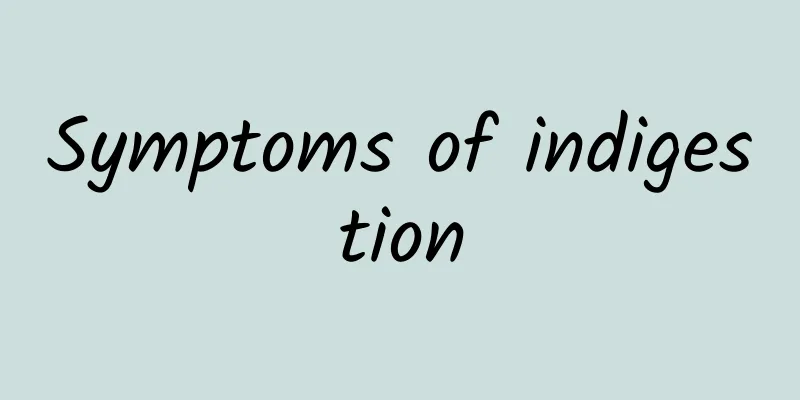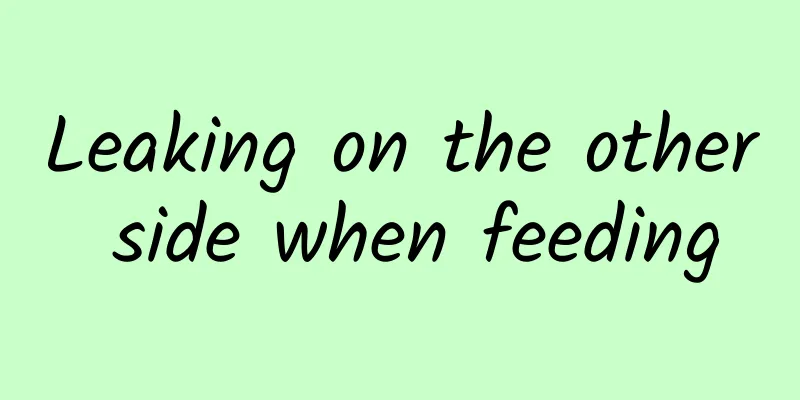The effects and contraindications of ginseng rhizome

|
Ginseng rhizome actually refers to the rhizome of ginseng, which is mostly used as an emetic in daily life. It is also used to treat a variety of debilitating conditions, such as acute gastroenteritis. But we all know that as an emetic drug, sometimes there may be some adverse reactions when taking it. If you use ginseng rhizome, it is recommended to use it under the guidance of a professional. Ginseng rhizome is the rhizome of ginseng (Panax ginseng). In the past, it was only used as an emetic. In order to develop the resources of ginsenosides and provide a scientific basis for their comprehensive utilization, we studied the saponins of ginseng rhizome. The authors have previously reported that three saponins, namely ginsenoside A, B and C, were isolated from the acid hydrolysis products of ginseng rhizome total saponins, and were identified as oleanolic acid, respectively. "Ben Jing Feng Yuan" says "Ginseng and reed can consume Qi and is used as an emetic", and many other medical books also record that ginseng and reed can cause vomiting. Ginseng stems account for about 14% of the weight of ginseng roots, and the total saponin content is reported to be 14.56%. Ginseng stem and leaf saponins have similar pharmacological effects to ginseng root saponins in many aspects, and are used to treat a variety of debilitating diseases. Does ginseng stems have similar effects? Can it really induce vomiting? To this end, the author took ginseng stems to test it himself. The ginseng used are second-grade white ginseng from Northeast China and 25 red ginseng heads from Bian Tiao. The author, a 38-year-old female, suffered from acute gastroenteritis on December 21, 1983. On December 22, when she could not drink anything, she tried taking 3 grams of ginseng rhizome, boiled in water for 20 minutes (same below) to make about 100 ml, and drank it all at once. After a few hours, she did not feel any nausea or abnormal reaction, but felt more energetic. The contraindications of taking ginseng are as follows: 1. Ginseng should not be abused. With the improvement of people's living standards and economic conditions, a considerable number of people's outlook on life has changed from just having enough food and clothing to having good health and longevity, and spending some money to eat ginseng or ginseng products has become generous. Some people soak ginseng in thermos cups as tea all year round, some chew ginseng like chewing gum, and some take ginseng at regular intervals all year round. These are all considered as abusing ginseng. The consequences of abuse are disastrous. 2. Avoid eating radish (including red radish, white radish and green radish) and various seafood after taking ginseng. Ancient medical books say that radish "helps to relieve gastric discharge, and helps digestion..." Although ginseng rhizome has certain medicinal value, its contraindications cannot be ignored. After taking it, it is forbidden to eat various seafood and drink strong tea, because this may directly affect the medicinal effect of ginseng rhizome. And if you are healthy and have no problems, it is not recommended to abuse ginseng rhizome. |
<<: Medicinal value of Panax notoginseng
>>: The role of ginseng essential oil
Recommend
How to distinguish black and brown stools
The color of a person's stool can determine t...
Can horse oil cure athlete's foot?
Horse oil has become quite popular in recent year...
How to preserve the shelf life of Poria powder
Poria cocos may not be heard of by most people. I...
What is the urge to urinate?
The existence of urinary urgency as an abnormal p...
What to do if you have left-sided headache and left eye pain
Left-sided migraine and left eye swelling are als...
There is a granulation on the gums
Many people do not pay enough attention to oral hy...
How long does it take for menstruation to occur after breast pain
Many women experience breast pain before their pe...
The efficacy and function of purple Sophora japonica flowers
When it comes to the efficacy and functions of pu...
How to treat prickly heat
It is the hot summer now. The high temperature an...
Remedies for One-Sided Chewing
I wonder if you have ever observed yourself and t...
What causes frequent colds? Viral infections are the most common
It is easy to catch a cold when the seasons chang...
What department does cholecystitis belong to?
Cholecystitis is a relatively serious disease tha...
Can I eat longan when I have my period?
There are many foods that you cannot eat casually...
Joint pain the next day after drinking
Some people will feel severe pain in their joints...
Can ginger wine remove spots?
We all know that ginger can be used for foot soak...









